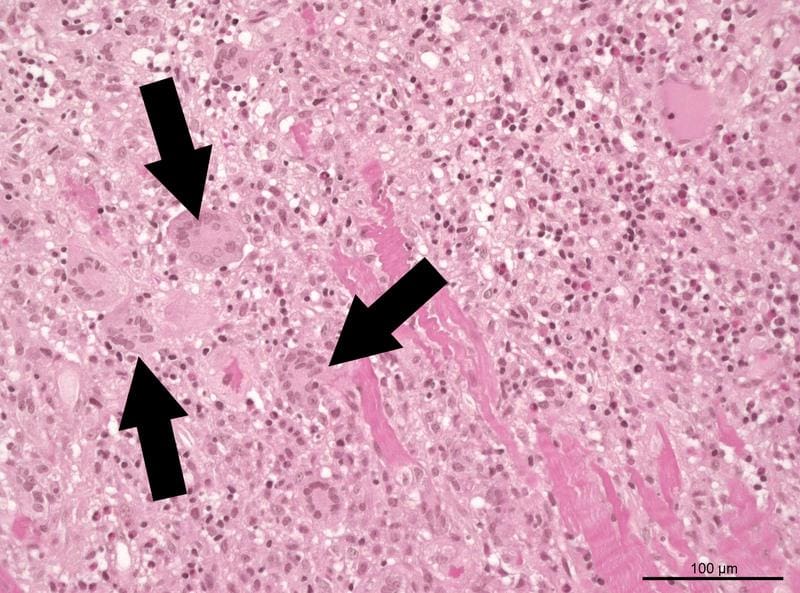Fulminant myocarditis: Study provides approaches for better diagnostics and therapy
A multicenter study led by the University Hospital Bonn (UKB) with 26 European centers has gained new insights into the course of the disease, the prognosis assessment and the risk factors of fulminant myocarditis . The results, published in the “European Heart Journal”, provide important impetus for the treatment of this life-threatening myocarditis.
Fulminant myocarditis is a severe form of myocarditis that severely impairs the pumping function of the heart and is fatal in about 30 percent of cases. It can lead to life-threatening circulatory insufficiency or even cardiac arrest. Until now, there has been a lack of well-founded data on the long-term course, risk factors and optimal treatment strategies. The new study, which examined one of the world’s largest cohorts of 271 patients, partially closes these gaps.

A key finding is that patients with giant cell myocarditis ŌĆō a rare subtype characterized by particularly large cells in tissue samples ŌĆō have a significantly higher mortality rate of 50 percent, compared to about 30 percent in other subgroups. This underlines the importance of early endomyocardial biopsy, which provides crucial information for diagnosis and therapy through histopathological findings.
Furthermore, the age of the patients and the initially measured pH value were identified as independent risk factors for hospital mortality. These parameters enable a more precise prognosis estimate and can improve the targeted use of modern circulatory support methods.
An encouraging aspect of the study concerns the long-term course: Survivors of the acute phase showed hardly any further deaths in the following years, and the limited cardiac output largely recovered. The neurological function of most survivors was also rated as good, indicating a very good long-term prognosis after surviving the acute phase.
The study emphasizes the need to identify high-risk patients at an early stage and to adapt treatment strategies individually. Age, pH value and tissue sampling serve as important prognostic markers. Early endomyocardial biopsy is considered essential to optimize treatment and improve outcomes for sufferers.
In addition to the UKB, the Leipzig Heart Center, the Jena University Hospital and 23 other European centers were involved in the study. The results provide a basis for future therapeutic approaches that could decisively advance the treatment of fulminant myocarditis.
Original Paper:
Read Also:
Heart failure: air pollution fuels inflammation ŌĆō MedLabPortal
Heart failure: Treatment with MitraClip reduces hospital admissions by 41 percent ŌĆō MedLabPortal
Editor: X-Press Journalistenb├╝ro GbR
Gender Notice. The personal designations used in this text always refer equally to female, male and diverse persons. Double/triple naming and gendered designations are used for better readability. ected.




